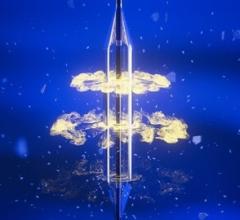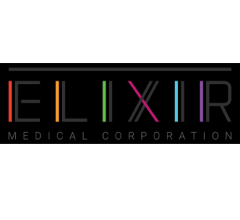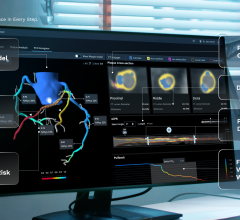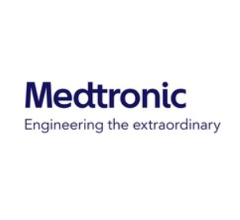
September 8, 2017 — Abbott Vascular has announced it will end commercial sales of its Absorb bioresorbable vascular scaffold as of Sept. 14, 2017. The company said low sales of the bioabsorbable stent led to the decision to stop offering the product.
Sales of Absorb will end in all countries, according to Abbott. The company plans to continue the ongoing Absorb clinical trials to assess long-term outcomes after the scaffold has dissolved. Abbott said trial centers can continue to use their existing Absorb inventory, but as of Sept. 14, Abbott will not continue to supply the product. The trials will continue to follow already enrolled patients, but there will not be any new patients enrolled.
“Due to low commercial sales, Abbott will stop selling the first-generation bioresorbable Absorb coronary stent,” Abbott stated on its website product section for the Absorb. “We pioneered bioresorbable technology because we believe it offers patients the possibility of life without permanent metallic implants, and we will continue work on a next generation bioresorbable device."
"First-generation products often go through iterations as experience is gained using them," said Abbott spokesman Jonathon Hamilton. "Absorb is a highly innovative ground-breaking device, and we're incorporating learnings into a second-generation product."
The company said its metallic Xience drug-eluting stent (DES) will continue to be the cornerstone of Abbott’s vascular stent portfolio. The vendor also stated it will focus efforts on a next generation metallic DES, the Xience Sierra, which is supposed to offer improved deliverability and expanded sizes.
The Absorb stent was originally hailed as a major advance forward in coronary stent technology when it received regulatory approval for commercial sales in Europe in 2011 and the United States in July 2016. However, as use of the stent expanded and new trial data revealed, it was found the scaffold has several limitations compared to metallic stents. These include delivery issues due to the thicker struts, stent recoil, the limited ability to over-expand without breaking struts, the need for very precise sizing, and poor outcomes if the Absorb is used in coronary vessels 2.5 mm or smaller. Perhaps the biggest barrier to wider adoption was the much higher price tag for Absorb over traditional metallic DES.
While the Absorb also has some advantages over metallic stents, these were not enough to persuade interventional cardiologists to increase their usage.
Read the full article “Questions Remain on Future of Bioresorbable Stents article.”
Watch a VIDEO with Gregg Stone, M.D., "Poor Outcomes for Bioresorbable Stents in Small Coronary Arteries."
These issues were brought up in discussions at numerous sessions that involved bioresorbable stents at the 2017 American College of Cardiology (ACC) meeting in March. Experienced users of the Absorb in trials said the stent can be used effectively, but that the new technology has a learning curve and it is not simply a replacement for metallic stents interventionalists have been using for two decades. Stephen Ellis, M.D., professor of medicine and director of interventional cardiology at Cleveland Clinic, was key in these discussions at ACC with his presentation of the late-breaking two year outcomes of the ABSORB III trial of Absorb vs. Xience. Watch a VIDEO interview with Ellis, "Bioresorbable Stent Comparable to Xience at Two Years, With Concerns," or read the article on the ABSORB III results.
Related Content on the Absorb Bioresorbable Scaffold:
VIDEO: What Went Wrong With the Absorb Stent? - interview with Ajay Kirtane, M.D., at TCT 2017
Current State of Bioresorbable Stent Technology (Update article from January 2018)
Tempering the Bioresorbable Stent Euphoria Following FDA Clearance of the Absorb
VIDEO: Bioresorbable Stent Failure Modes, Technique, Patient Selection and Future Development — a discussion with Juan Granada, M.D., executive director and chief scientific officer of the Cardiovascular Research Foundation's Skirball Center for Innovation.
Bioresorbable Stent Comparable to Xience at Two Year, But With Adverse Trends
FDA Approves First Totally Bioresorbable Stent
VIDEO: Key Bioresorbable Stent Technology Presented at TCT 2015 — an interview with Dean Kereiakes, M.D., medical director of The Christ Hospital Heart and Vascular Center, and a lead investigator for both the ABSORB and SYNERGY stent trials.
Bioresorbable Stents Are the Way of the Future
The Future of Stent Development Depends on Bigger Improvements in Outcomes

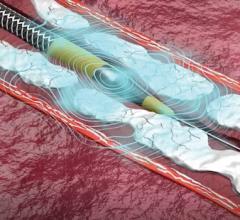
 November 14, 2025
November 14, 2025 
